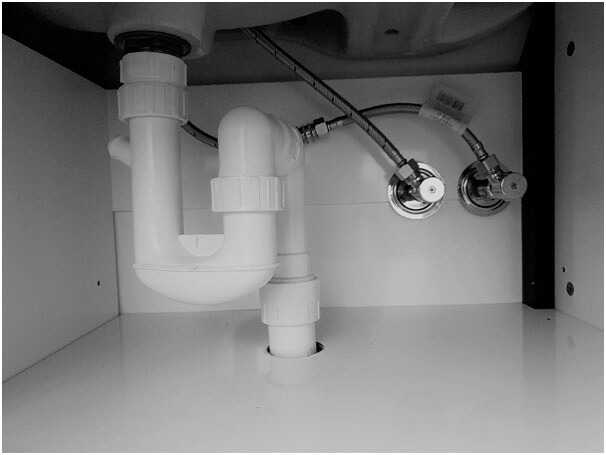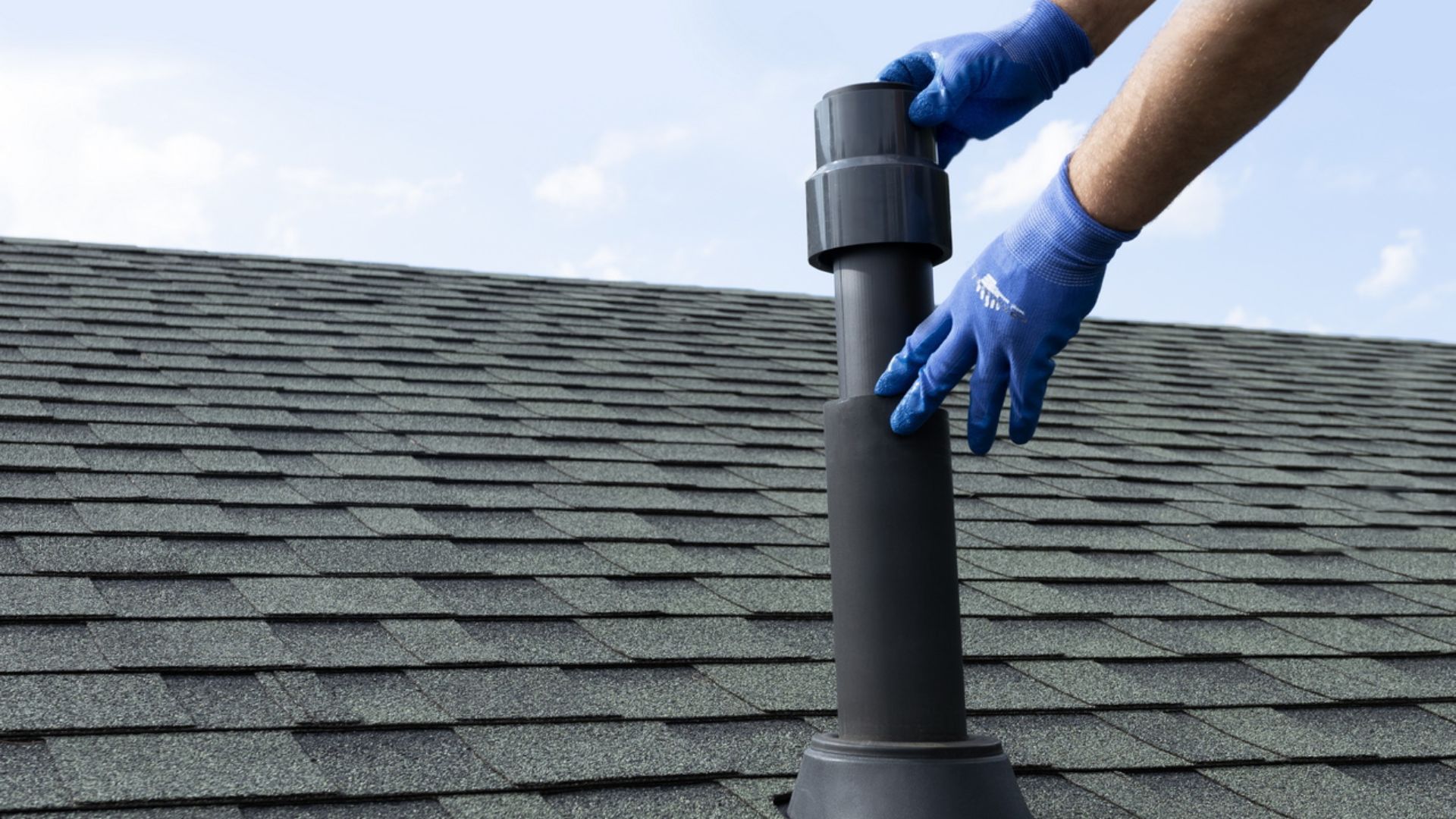Achieving Proper Ventilation in Your Plumbing System: How
Achieving Proper Ventilation in Your Plumbing System: How
Blog Article
What're your ideas on What Are Plumbing Vents and Why Are They Important??

Appropriate air flow in pipes systems is commonly overlooked, yet it is essential for maintaining the capability and security of your home's pipes. Ventilation assists control air pressure, stop the accumulation of hazardous gases, and ensure the effective elimination of waste. In this overview, we will certainly discover the significance of appropriate plumbing ventilation, just how it works, and the advantages it gives your plumbing system.
Understanding Air Flow in Plumbing
Air flow in plumbing refers to the network of pipes that enable air to move via the drain system. These vents offer several objectives, consisting of controling air pressure within the pipelines, stopping drain gases from entering the home, and aiding in the smooth flow of wastewater.
Exactly How Ventilation Works in Plumbing Systems
Air Pressure Regulation
Correct air flow maintains well balanced atmospheric pressure within the pipes system. When water moves through pipelines, it displaces air. Without adequate ventilation, this variation can develop adverse stress, leading to slow down drains pipes or siphoning of water from traps, which can trigger unpleasant smells to leak right into the home.
Avoiding Sewer Gas Buildup
Among the most essential functions of plumbing vents is to stop sewer gases, such as methane and hydrogen sulfide, from accumulating within the home. These gases can present significant health threats and are extremely combustible. Vent pipelines enable these gases to get away safely outdoors.
Assisting in Waste Removal
Air flow aids in the effective elimination of wastewater by stopping airlocks in the drain system. When air can stream freely with the vents, it permits water and waste to move smoothly with the pipelines, lowering the risk of clogs and back-ups.
Sorts Of Pipes Vents
Main Heap Vent
The major pile vent, likewise referred to as the air vent stack, is the main vent in a pipes system. It expands from the main drainpipe align through the roof, allowing gases to escape and fresh air to enter the system.
Branch Vent
Branch vents connect to the major pile air vent and offer individual components, such as sinks, bathrooms, and showers. These vents guarantee that each fixture has ample ventilation to work correctly.
Air Admission Valve (AAV).
An Air Admittance Shutoff (AAV) is a one-way valve that enables air to get in the plumbing system without the requirement for a traditional vent pipe extending with the roof. AAVs are commonly utilized in remodellings or locations where installing a typical vent is not practical.
Indications of Poor Ventilation in Pipes.
Slow Draining Fixtures.
If your sinks, tubs, or commodes are draining gradually, it could be an indication of bad air flow. Insufficient air circulation can develop a vacuum impact, making it challenging for water to drain pipes effectively.
Gurgling Seems.
Gurgling sounds originating from drains pipes are frequently an outcome of air being sucked via water traps due to negative stress in the pipes. This is a clear indication of inadequate air flow.
Undesirable Smells.
Drain odors inside your home are a warning that your plumbing system is not effectively ventilated. This could suggest that drain gases are not being properly aired vent outside, bring about possibly unsafe conditions.
Usual Air Flow Blunders.
Inadequate Vent Sizing.
Utilizing undersized air vent pipelines can lead to bad air flow and pressure inequalities in the system. It's necessary to use vents that fulfill the certain requirements of your plumbing system.
Improper Vent Positioning.
Positioning vents too far from the components they offer can reduce their effectiveness. Proper positioning guarantees that air can move freely and successfully with the system.
Disregarding Code Needs.
Building codes offer details standards for plumbing ventilation. Disregarding these codes can lead to a system that stops working to function appropriately and might lead to expensive repairs or health hazards.
Benefits of Proper Air Flow.
Improved System Performance.
Effectively aerated plumbing systems operate more effectively, with less clogs, faster draining pipes, and less pressure on the pipes. This performance prolongs the lifespan of the plumbing system.
Improved Air Top Quality.
By protecting against sewage system gases from entering your home, appropriate air flow adds to far better indoor air top quality, making your living atmosphere healthier and much more comfy.
Preventing Water Damages.
Sufficient ventilation aids avoid water from being siphoned out of traps, which can result in sewer gases going into the home and creating water damage in time.
Actions to Guarantee Appropriate Air Flow.
Consulting Plumbing Codes.
Constantly consult regional plumbing codes when creating or customizing your pipes system. These codes provide the required guidelines for correct venting and guarantee your system meets security standards.
Regular Evaluation and Maintenance.
Regular evaluations can assist determine prospective ventilation problems before they end up being major issues. Maintenance jobs, such as cleansing air vent pipelines and looking for clogs, are crucial for keeping the system in good working order.
Professional Setup.
For new setups or major adjustments, it's wise to work with an expert plumber. They have the competence to make certain the air flow system is properly created and mounted according to code.
Final thought.
Correct air flow is an essential part of any pipes system, ensuring that it operates successfully and securely. By comprehending the significance of ventilation, acknowledging the indications of poor ventilation, and taking actions to keep your system, you can stop pricey issues and secure your home's air high quality.
4 Things You Should Know About Your Plumbing Vents
What Plumbing Vents Are
Also called a vent stack, a plumbing vent is a vertical pipe attached to your drain line that runs through your roof. The plumbing vent pipe, or plumbing air vent, removes gas and odors from your plumbing system and allows fresh air to enter the pipes, helping the water to flow out of the drain pipes.
What Plumbing Vents Do
Plumbing vents have two basic functions. One of which is to allow unpleasant smelling wastewater and sewer gasses to escape your plumbing system instead of entering your home. Plumbing vent pipes are typically located on roofs, away from windows, to ensure the fumes exit the home completely.
The other function of the plumbing vent is to move fresh air into your plumbing system. This helps move water through every plumbing fixture in your house, like toilets and sink drains. Think of the way in which you need to let a little air into the bottle as you pour soda in order to make the drink flow smoothly.
Different Types of Plumbing Vents
True vent: This is the most common vent option. In simplest terms, a true vent is a vertical pipe attached to your drain line that exits through the roof. They often function as the main vent that other fixtures can connect to. Re-vent pipe or auxiliary vent: Attached to the drain line near specific plumbing fixtures, re-vent pipes run up and over to connect to the main vent. Common vent: Two plumbing fixtures installed on opposite sides of a wall are typically tied into the vent stack using something known as a sanitary cross. Wet vent: This venting option operates as a drain pipe and a vent at the same time. Wet vent drainage systems drain water from one fixture while venting the air from another. Although they’ve been used for over 100 years, wet vent systems have only recently been added to the plumbing code in many areas. If you’re planning on installing one in a bathroom remodel, make sure you check your local code prior to construction. Loop vent: For free-standing fixtures like kitchen island sinks, loop vents are ideal. These vent pipes run under the floor, rise from the P-trap, and create a loop inside the cabinet sink. Air admittance valve: An AAV is a one-way mechanical valve typically installed at the site of the plumbing fixture. AAVs allow venting to occur without having to tie into a larger venting system. They’re ideal for venting fixtures where you aren’t able to easily connect to an existing vent system. Common Plumbing Vent Issues
Although vent pipes typically don’t have water flowing through them, they’re still subject to many typical plumbing issues. For example, clogs are one of the most common problems associated with sewer vent pipes. If your vent pipe gets clogged, all of your plumbing fixtures tied into the vent stack will be affected.
A sink with a slow drain that bubbles and gurgles or a strong sewage smell around your toilet are both indicators that your toilet vent pipe is clogged. Because most vent pipes exit through the roof, old leaves, twigs or even a bird’s nest could be clogging the pipe.
Clogs in your vent pipe system cause a buildup of negative pressure, meaning that water won’t be able to flow out of your home very well. It’s similar to putting your finger over the opening of a straw to trap water inside. When you remove your finger, the water is able to flow out of the straw.
If you suspect you have any blockage in your vent, make sure you have a professional come examine the situation. Left unchecked, a blocked air vent can lead to other costly repairs, like leaks and sediment buildup.
Under Pressure
Pipe vents are essential aspects of a home’s plumbing system. Owning a home means learning about all sorts of things you never put much thought into before. But by understanding as much as you can about the important systems of your home, you can keep those budgets intact and those anxiety levels low.
https://www.homeserve.com/en-us/blog/home-improvement/plumbing-vents/

Do you appreciate reading about Why Plumbing Air Vents Are Important? Try to leave a remark below. We'd be glad to see your insights about this write-up. We hope to see you back again in the future. Sharing is caring. Who knows, you will be helping someone out. Thanks so much for your time spent reading it.
Click Here! Report this page